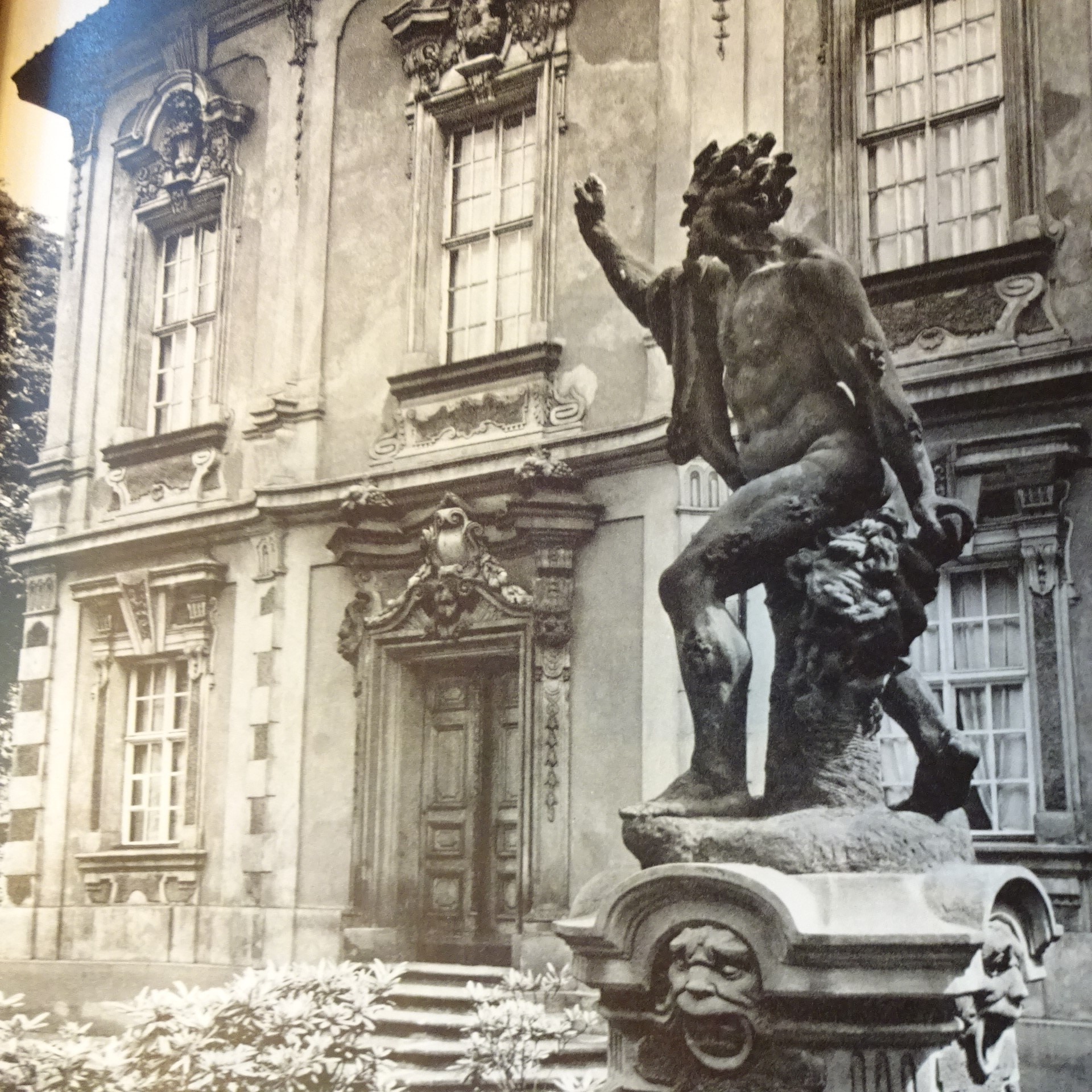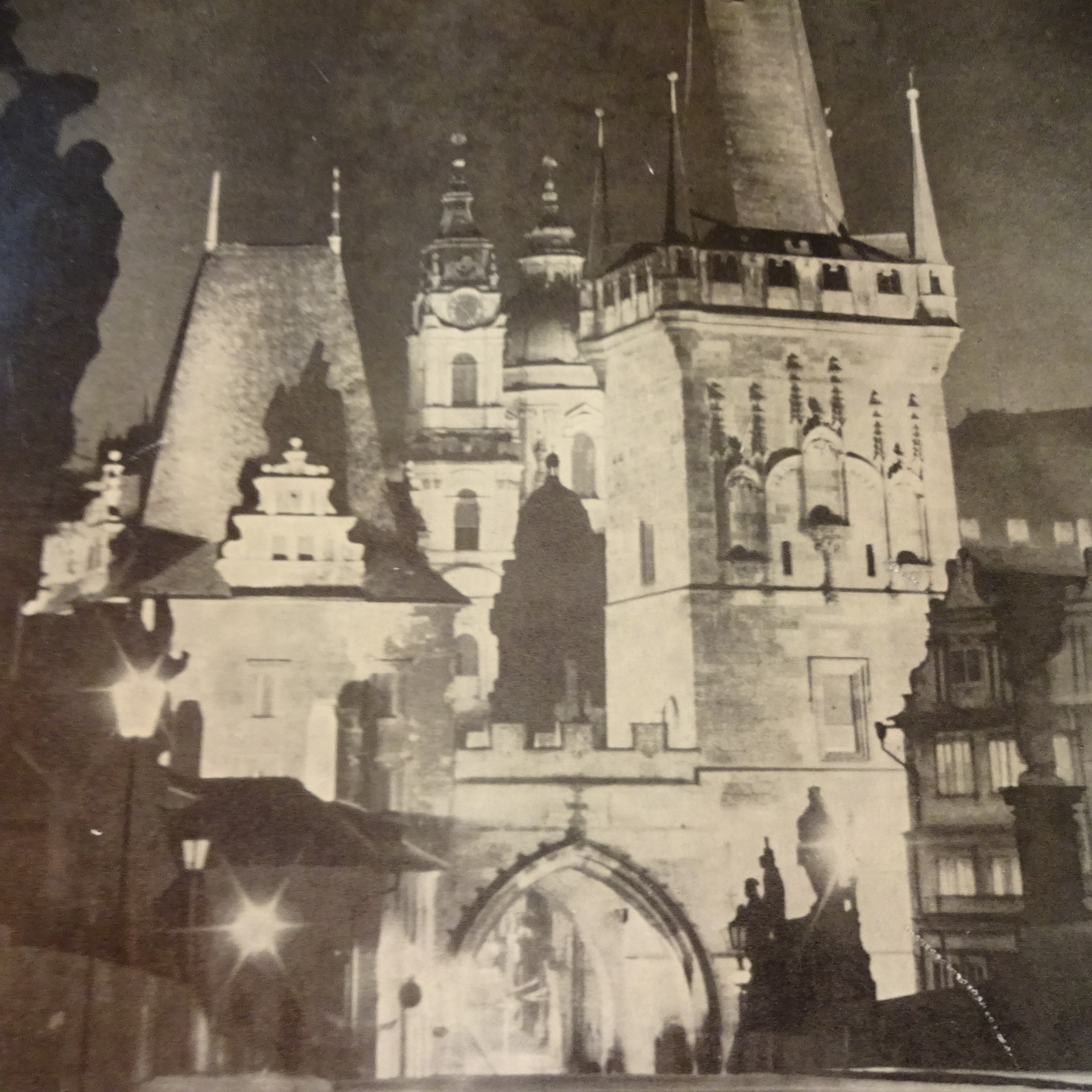PRAHA - Europe Tour May 2018
PRAHA in Czech
PRAGUE in French
PRAG in German
and English speakers borrow from the French, so we see it as PRAGUE
. . . so big is the fame of this city.
More than two thousand years ago Roman Legions marched into this region and found the Celtic people called the Boii. The Romans called these Celtic people the BOHEMICUS and the name still sticks with our modern word BOHEMIA.
The MARCOMANNI settled in later, and still later the SLOVANIC people called CZECHS came into the area about 500 AD. By 800 AD the region was called VELKE MORAVA (in Engl: GREAT MORAVIA) and was the largest economic trading area in western Europe. By 900 AD a Czech King tried to keep order.
In the 12th Century the largest silver mines of Europe were operating and attracting many German coal miners from northern Germany as well as many Jews who were especially interested in gold and silver.
The great wealth from the mining of silver and gold started an enormous wealth of building in the 13th and 14th centuries: great cathedrals, Charles Bridge, the old Powder Tower, and much more which we see today in this great medieval city.
Czechia or Bohemia?
What's In A Name?
The garden at Villa Betramke, where Amadeus MOZART wandered, sat and wrote world famous music at his summer cottage.
PAVEL ERICH plays Josef Vojvoda's SKODA LASKY at U FLEKU. In English you wil recognize it as THE BEER BARREL POLKA. Click the picture of Pavel to listen in
Click the button to return to
EUROPEAN TOUR OVERVIEW:
AMADE MOZART
The multi-lingual Mozart, although with birth name Joannes Chrysostomus (meaning “one with a golden mouth”), gradually evolved to Amade, which is the French spelling for the Latin name Amadeus, meaning “one who loves God”. In German: Gottlieb, in Greek: Theophilus, which is related to our oft heard English name Theodore: “one who adores God”.
In later life, Mozart tended toward the French Amade over the Latin Amadeus. Most Americans only know “Amadeus” because that was used in some Hollywood movie about his life. The movie story was of questionable authenticity, but sold a lot of tickets.
Our Travel Tour will reveal many historic and exciting facts!
The Great Vladislav Hall was spectacular when it was built in the 14th century as the largest hall in all of Europe with no intruding support columns. It remains spectacular and is on our Tour of the Palace.








